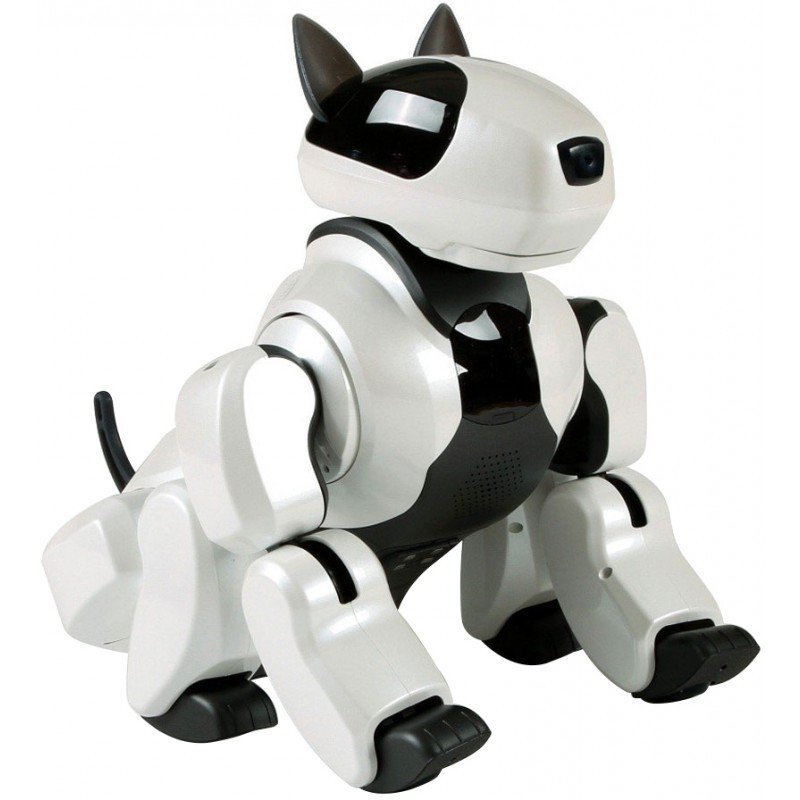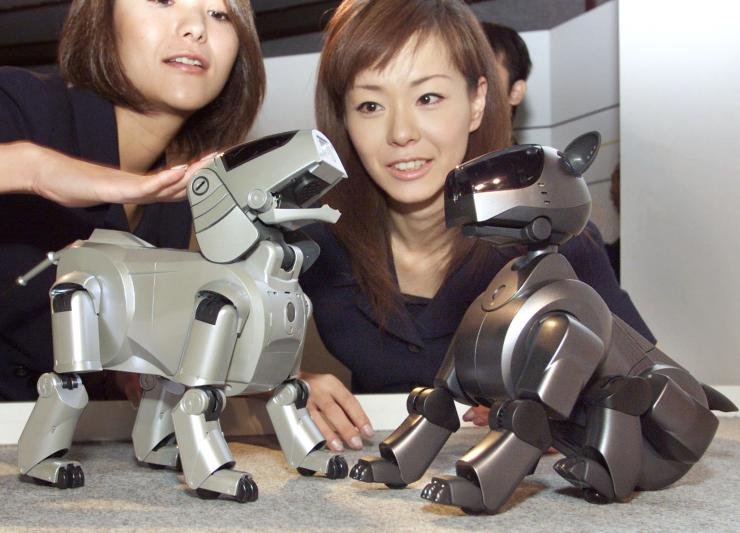Pets have always been lovable, but according to pet-bot developers, they have a few downsides as they need to be fed, cleaned up, and die. Thus, it is claimed that AI pets will be robots that look, feel and act like real animals, but eliminate such “issues” experienced by owners. And hence we can think about “Will Pet-Bots replace actual animals”.
Pet-bots or Robotic pets are artificially intelligent machines that are made to resemble actual pets. The first robotic pets were introduced in the late 1990s which were not too advanced, but presently, they have since grown technologically. Many now use machine learning that allows machines to adapt to experiences independent of humans, making them much more realistic.
Most consumers buy pet-bot intending to get similar companionship that real pets offer, without some of the drawbacks that come with caring for live animals and the pets on the market currently have a wide price range, from the low hundreds to several thousands of dollars. And considerably, multiple studies have been done to show that pet bets are treated similarly to actual pets even knowing their obvious differences.
Pet-bots are often compared with stuffed animals, thus, one study in 2004 compared how children interacted with Sony’s AIBO versus with a stuffed dog by letting the children play with either the stuffed toy or the AIBO for three minutes. And after this asked the children a series of questions to determine how they viewed each one. In which it was found that, when the children were asked questions about the characteristics of either AIBO or the stuffed animal, they responded in similar ways. And the children were asked questions concerning biological essence, mental states, sociability, and moral standing.
But there were differences in how the children behaved with AIBO versus the stuffed animal as in the questionnaire, the children responded that both the AIBO and the stuffed dog could hear verbal commands. But when the researchers observed how the children interacted with the AIBO or stuffed dog, they found that more children gave verbal commands to the AIBO as compared to stuffed dogs.

What Studies Say on “Will Pet-Bots Replace Actual Animals”
Another study in 2005 compared children’s interactions with the AIBO and with a live dog in which researchers let the children play freely with either the AIBO or the real dog for five minutes and then asked the children a series of questions to determine how they viewed each one. The study concluded that more children preferred to play with the live dog over the AIBO, and more children affirmed that the live dog had a physical essence, a mental state, sociability, and moral standing.
On the other side, researchers found that the AIBO was given some dog-like attributes, even if not treated entirely like the dog. For example, many of the children thought the AIBO could have feelings, such as happiness or sadness and some also thought that the AIBO could be their friend and that it wasn’t okay to kick the AIBO if it did something bad.

Both these studies concluded that pet-bots such as AIBO often aren’t categorized as either alive or inanimate, but rather in a new category in between the other two, Like children in the first study treated the AIBO differently than they treated the stuffed toy, even though they stated that the two were very similar but in contrast, the children in the second study stated that the live dog was different from the AIBO, but ended up treating the two similarly. Thus, these findings show that people consciously identify pet-bots as inanimate objects, but behave as if they are closer to real pets than they are to toys.
While pet-bots have proven to be beneficial to many consumers, especially those who are elderly, there remains some controversy about certain ethical issues and one study from 2016 attempted to discuss two main ethical considerations: elderly consumers may not be able to recognize that the robots aren’t actual pets and that the robot pets will come to replace human interaction and those who participated in the study concluded that for most consumers, neither issue is a major concern. They found that most pet-bots owners understood that the robot pet was animated, even if they formed a pet-like relationship with it.
Additionally, the study participants argued that the pet-bots would more likely be used in a way that facilitated more social interactions in a group setting, such as at a dog park. These issues continue to cause debate because there is a minority of consumers, including many dementia patients, who may fail to recognize that the robot is animated which is indeed a problem. Thus, before choosing a pet-bot one should know both sides of the coin. Now, this is up to to you that ” Will Pet-Bots Replace Actual Animals.”
